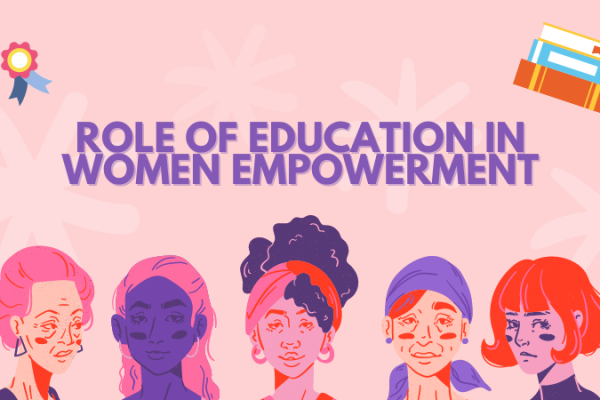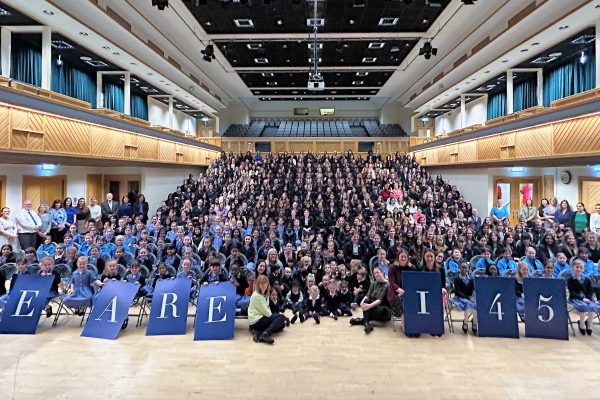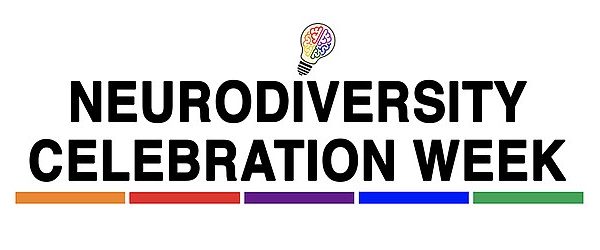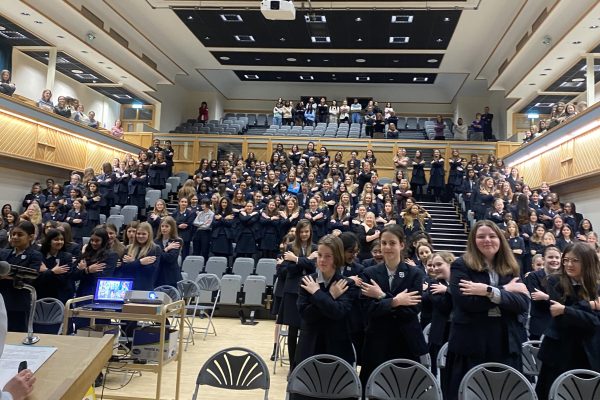Embracing the strength of quiet
‘Quiet’ was the most common description we heard of this business-like head: ‘quietly spoken’, ‘quietly strong’ and ‘quietly confident’. This was what the recent Good Schools Guide said about me. Yet, it is interesting that they also view this seemingly understated demeanor as my superpower – a calm and serene style of role modelling that profoundly impacts the girls at Northampton High. Inspired by this revelation, I thought it fitting to write a blog to celebrate the power of quiet, or more specifically, the power of introverts.
I have been reading a book recently by Susan Cain called Quiet: the power of introverts in a world that can’t stop talking. For a book about quiet people, there are an awful lot of words in the title. Susan Cain’s central message is that the world tends to extol and elevate extroverts – those who exude confidence, expressiveness, social adeptness, networking prowess, and effervescence. These are delightful individuals who can light up a room with a smile or a hearty laugh. They excel at motivating others, thrive in team settings, and are generally enjoyable company. There is no denying the value of extroverts, and nothing Susan Cain says will deter me from appreciating their unique qualities. In fact, many of our students exhibit extroverted traits, and one of the first impressions I had of Northampton High girls was their penchant for conversation. As a group, they possess a treasure trove of ideas, a wonderful sense of humour, and an unshakable, irresistible confidence.
However, it is equally true that many of our students lean towards the quieter end of the spectrum. They are introspective, serene, contemplative, and perhaps slightly reserved or shy. These individuals are deep thinkers and attentive listeners, relishing the opportunity to learn and think independently – both inside and outside the classroom. This is perfectly fine because as Susan Cain contends (and as my own observations confirm), introverts are just as valuable in any community as extroverts. In fact, she argues that the strongest teams comprise a blend of both personality types, as well as those of us who fall somewhere in between – the ambiverts. Extroverts infuse enthusiasm with phrases like, ‘let’s go for it!’ or ‘we can ace this!’ when morale dips, lethargy sets in. However, introverts contribute valuable perspectives to the table, urging for caution and reflection with questions like, ‘Stop. Wait. Think. What are we doing? Why are we doing it? Have you considered this…?’
The essence of it all is that the world, including the Northampton High community, thrives on a diverse range of individuals to function effectively. Everyone, regardless of their inherent personality traits, plays a valuable role in this ecosystem. Therefore, we must acknowledge and celebrate the strengths of introverts, recognising all the remarkable qualities of quiet people:
- Listening skills: Quiet individuals often excel in active listening. They absorb information without immediately formulating their response, displaying an intense focus on what others share. Some of the most charismatic people I have known in my life have had exactly that ability and people were naturally drawn to them as a result.
- Observational prowess: Quiet individuals are often exceptional observers and nothing escapes them. Their keen perception allows them to offer astute analyses of social situations and a deep understanding of their teams, even if they aren’t particularly enthusiastic about socialising.
- Thoughtful communication: Introverts think before they speak, a trait that can make the rest of us appear hasty as we rush to fill silences. In contrast, quiet individuals come across as wise and sensible. And when they do speak, their words command respect and attention, where everyone listens and values what they say even more because they say less. They can thus be extremely impactful and influential in decision making processes because they seem so wise.
- Calming influence: Quiet individuals can have a calming effect on those around them, fostering a sense of stability and composure.
- Creativity in solitude: Albert Einstein aptly noted that ‘The monotony and solitude of a quiet life stimulates the creative mind.’ Quiet individuals are not to be underestimated; they often excel in creative pursuits like writing, art, composition, and deep-thinking during periods of contemplative solitude.
Introverts are not short of role models either – take, for instance, JK Rowling, famously reserved and retiring. One story in particular about her life illustrates the creative powers of introverts. In 1990, while travelling on a delayed train from Manchester to London, she conceived the idea for Harry Potter. Lacking a pen and too shy to request one from a fellow passenger at the age of 25, she spent four hours on a delayed train developing ideas that would eventually bring her fame and fulfil her ambitions.
So, my message to all pupils is this: celebrate your unique personality, whether gregarious or reserved. Embrace the differences among your friends and remember that introverts bring extraordinary talents and abilities to the world, and should be encouraged and celebrated. Don’t just flick like moths to a lampshade to the brightest light in the room. You are all interesting young people with lots to contribute to this community and to the outside world. Dare to be 10% braver and take pride in who you are. I believe in each and every one of you.
Dr Lee
Head






